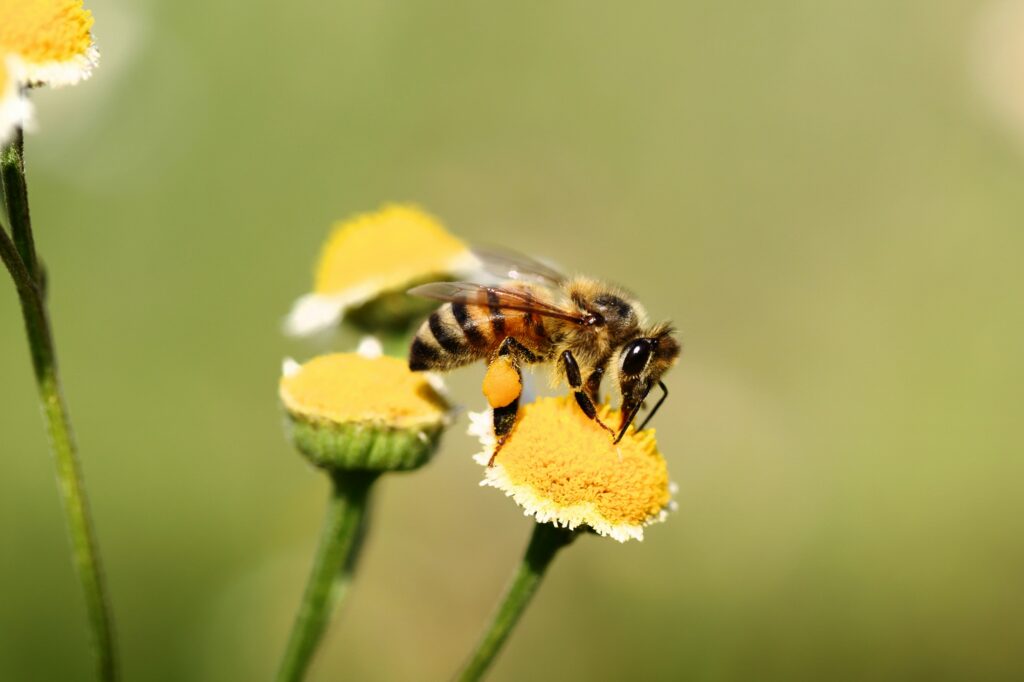Wild bees actively select flowers that provide a balanced mix of protein, fats, and carbohydrates, according to a new study in the Proceedings of the Royal Society B: Biological Sciences. Ecologists tracked eight species of wild bumblebees in the Colorado Rockies over eight years, mapping their pollen diets and analyzing the macronutrient content of different flowers.
Researchers discovered that pollen protein levels varied dramatically, ranging from 17% to as high as 86%. Seasonal changes also played a role: spring flowers tended to be rich in protein, while late-summer blooms offered more fats and carbohydrates. Bees adjusted their diets accordingly, depending on colony needs throughout the year.
Nutritional Niches and Conservation Implications
The study revealed that coexisting bee species often divide resources into distinct “nutrient niches.” Larger bees with long tongues preferred protein-rich pollen, while smaller bees targeted carb- and fat-heavy sources. This strategy helps reduce competition and ensures dietary balance.
Lead researcher Justin Bain likened the differences to human meals, noting some pollen is “like a steak” while others are “more like a salad.” Senior author Paul CaraDonna emphasized that the findings highlight the huge variability of nutrients in ecosystems, stressing that pollinator needs are not “one-size-fits-all.”
The researchers believe the insights can inform conservation and garden planning by encouraging the planting of diverse flowers that meet bees’ shifting nutritional needs. Experts warn that habitat loss, climate change, and declining plant diversity threaten bee populations, making nutritional diversity critical for survival.
Michael Walsh, founder of The Urban Apiarist, said the study underscores bees’ collective intelligence: “They don’t forage randomly. This research shows how specialised and vulnerable bees are. Protecting their ecosystems is vital – our food systems depend on them.”


